In this comprehensive blog post, we explore the diverse applications and crucial parameters that drive the adoption of lasers in micro processing. From marking and engraving to cutting cover glass for smartphones, join us on a journey through the intricacies of laser technology and its transformative impact on modern manufacturing.
Applications of Microprocessing
Microprocessing encompasses a myriad of manufacturing steps across various industries, catering to the intricate demands of thin and brittle materials like glass, semiconductors, and ceramics. Some notable examples include:
- Marking and engraving
- Cutting cover glass for smartphones
- Drilling vias in PCBs
- Separating flexible OLED displays from glass substrates (lift-off)
- Annealing of amorphous silicon to produce polycrystalline silicon
- Ablation and passivation in the production of photovoltaic cells
Key Parameters in Laser Microprocessing
When harnessing the power of lasers for microprocessing, several parameters come into play, each influencing the efficacy and precision of the process:
- Wavelength: Dictates energy absorption, transmission, and reflection in materials, with UV lasers popular for their high absorption rates.
- Average Power: Directly impacts process throughput, determining the speed at which operations can be completed.
- Laser Power Stability: Ensures consistency in process outcomes, crucial for maintaining uniformity in product quality.
- Pulse Duration: Critical for achieving desired effects with minimal heat dispersion, with shorter pulses enabling cleaner and more efficient processing. The localized absorption of laser energy both in time (short pulse) and in space (focus beam), means that heat can not dissipate to its surroundings, thus achieving the designed effect with much less energy wasted on unwanted heating, or in other words, a much smaller ‘heat affected zone’ or HAZ.
For this reason, we see lasers with shorter pulse durations of ns, ps and fs. Simply put, 1uJ pulse in a femtosecond laser does much more work than 1uJ pulse in a microsecond laser, and much cleaner. The high efficiency of ultra-short pulse lasers means that pulse energy can be kept relatively low in the µJ joule range.
High process throughput is achieved by increasing the repetition rate to 100’s of KHz and MHz, thus increasing the average power. In addition to the reduced HAZ, pico second and femto second pulses allow processing of materials that are otherwise transparent, due to the effect of multi photon absorption hence becoming an enabler for new processes and not just improving existing ones.

The following table shows several types of lasers used in material microprocessing.

Process and Process Control
As industry demands evolve, companies are continually innovating to optimize laser parameters for enhanced performance. Central to this endeavor is reliable laser power measurement, particularly challenging in applications involving hard materials like glass and ceramics. Ophir leads the way in developing specialized sensors tailored to diverse laser conditions, facilitating precise process control and enabling the development of cutting-edge micro processing techniques.
In conclusion, laser microprocessing stands at the forefront of modern manufacturing, driving innovation and efficiency across a spectrum of industries.
With Ophir’s advanced laser measurement solutions, companies can harness the full potential of laser technology to meet the evolving demands of the digital age.
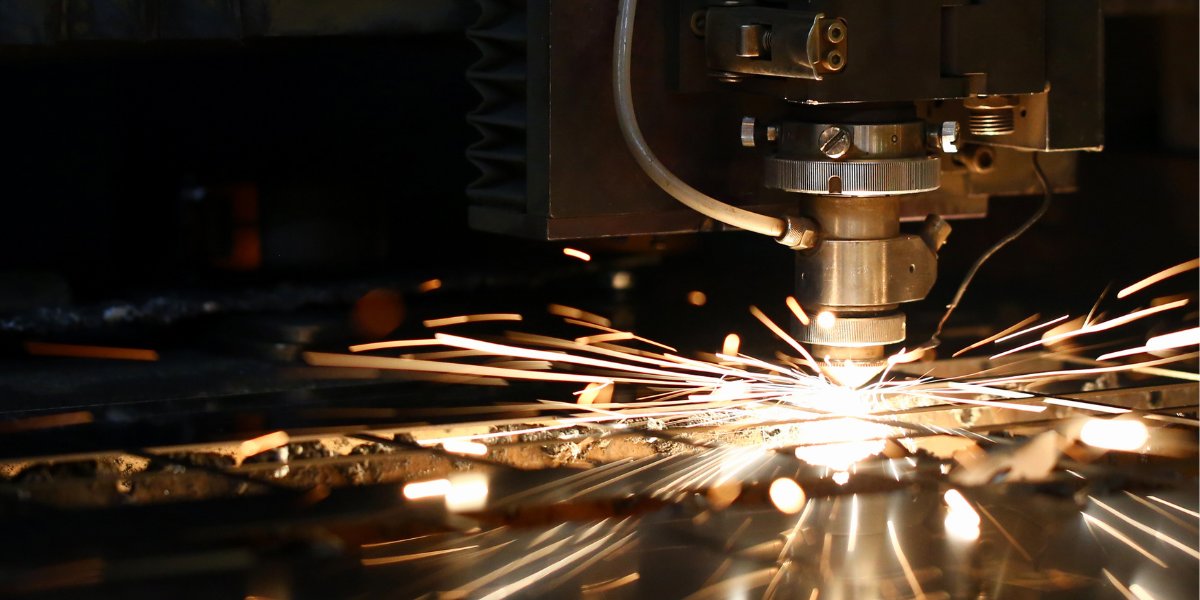
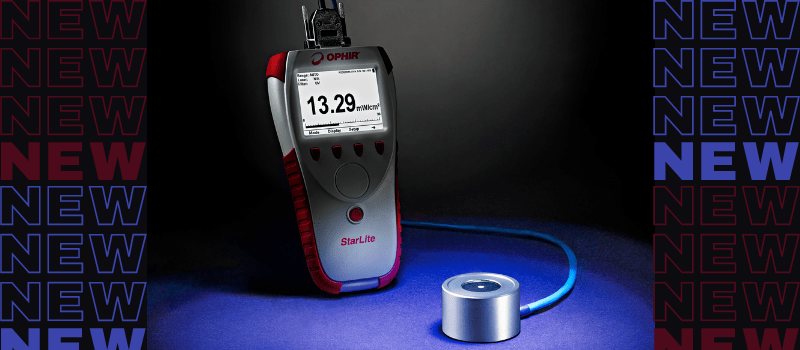
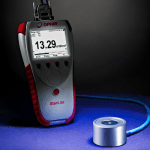






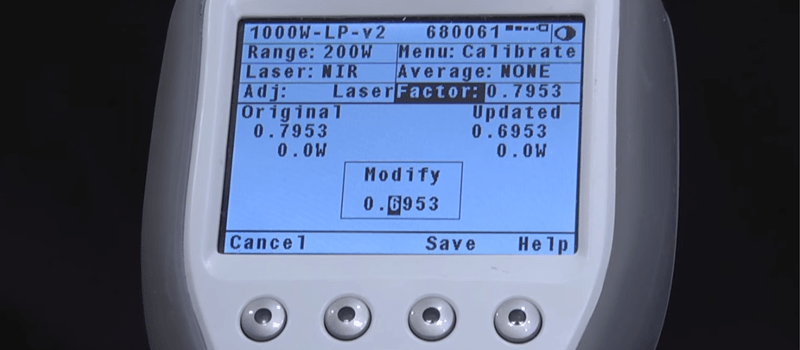
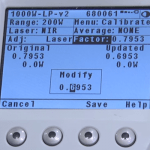


Leave a Reply
Your email address will not be published. Required fields are marked *